The Mississippi Blues Trail
|
|
Read Part One of this series by clicking here.
Part 2 Pass Christian Blues and jazz music also has an illustrious history at our neighboring town across the Bridge, Pass Christian. The Pass’s most famous “native son” was alto saxophonist Captain John Handy. (The “Captain” moniker reportedly was earned from Handy’s authoritative band leadership style.) With the Louisiana Shakers, Handy and his brother toured throughout the region. In the later part of his life, Handy recorded several albums and played often at Preservation Hall in New Orleans, in addition to touring worldwide. |
Shared History
|
Among the local Pass clubs that featured blues, jazz, and R&B were the Dixie, the Savoy, and the P. C. Club. In 2011, a Blues Trail marker was dedicated along Highway 90 to commemorate Blues and Jazz in the Pass.
Every May from 1999 to 2005, the Pass had celebrated its rich African American musical heritage with its "Jazz in the Pass" festival. Temporarily discontinued for several years after Hurricane Katrina, “Jazz in the Pass” has been back in business since 2011!
Gulfport – especially the North Gulfport area - once supported vibrant blues/R&B venues. In fact, New Orleans jazz legend Jelly Roll Morton used to play played the Great Southern Hotel in the 1900s. Gulfport was also an occasional stop for rambling bluesmen and women such as Robert Johnson and Ma Rainey, the famous “mother of the blues.”
Gulfport has been fertile territory for musicians who not only turned the Coast into a hotbed of blues and R&B, but also impacted popular music on an international scale. Allman Brothers Band members Johnnie Lee Johnson (better known as Jaimoe) and Lamar Williams both were raised in Gulfport and performed in many clubs along the Coast during their early years. Other Gulfport residents included pianist Roosevelt Sykes, guitarist Blind Roosevelt Graves, pianist Cozy Corley, and singer Albennie Jones.
In those days, the scene at the Hi-Hat Club and other North Gulfport blues hotspots like Ebony and Night Owl, was known to be on the wild side, as the clubs then all were outside Gulfport police jurisdiction.
Gulfport was also an important location for disseminating the blues to the rest of the world by radio. After World War II, the African-American community across the country relied on radio for entertainment and news, and Gulfport radio was taking the lead in “Broadcasting the Blues.” In 1994, blues promoter “Rip” Daniels launched WJZD radio in Gulfport, making it the first African American-owned FM station on the Mississippi Gulf Coast. In 2000, Daniels took the blues concept further using satellite and Internet technology to launch the American Blues Network (ABN) to listeners around the world. In 2007, the Blues Foundation dedicated a “Broadcasting the Blues/ABN” Blues Trail marker in Gulfport.
The “Four Corners” intersection in north Gulfport, at the intersection of Arkansas Avenue and Martin Luther King Jr. Blvd., was a central blues location in the decades when the African American communities in and around north Gulfport supported many nightclubs that operated outside the old city limits. Now, it is the site of the most recent Mississippi Blues Trail marker to be dedicated on the Coast, installed in January of this year.
In Biloxi, the stretch of Main Street that catered to the African American trade in the years during and after World War II has been designated as “Biloxi Blues.” Biloxi’s musical culture was particularly influenced by that of New Orleans. (Indeed, New Orleans jazz pioneer Jelly Roll Morton lived in Biloxi in the early 1900s). During the war years and after, airmen from Keesler Field often participated both as audience members and musicians. Local blues musicians from Biloxi included Cozy Corley, and Carl Gates and the Decks. A Blues Trail marker was dedicated in 2010 in Biloxi at the intersection of Main and Murray Streets.
Other notable sites along the Mississippi Blues Trail that are only a short drive from the Gulf Coast include Hattiesburg, which rock historians have credited as being one of the birthplaces of rock and roll music, and which is home to a number of important historic blues venues, and Laurel in Jones County, home of Blind Roosevelt Graves, and the Laurel Mother's Day Blues Festival every May since 1987.
In Hattiesburg, the original Hi-Hat Club was built in the 1950s and was an important stop on the “chitlin circuit” for famed African American blues and soul performers such as B. B. King, James Brown, Otis Redding, Ike & Tina Turner, Sam Cooke, Al Green, Ray Charles, Louis Armstrong, Louis Jourdan, Guitar Slim, Bobby “Blue” Bland, and many others. One of the largest clubs in Mississippi, the Hi-Hat sometimes drew crowds of over one thousand reveling blues lovers.
In addition, Mobile Street in Hattiesburg was a historic African American business and entertainment district where many of the blues musicians lived and worked, and the center for several blues and gospel record labels. One studio on Mobile Street was the site of a 1936 historic series of recording sessions by Mississippi blues, gospel, and country performers, including the Mississippi Jook Band and the Edgewater Crows.
In Europe Too?
Interestingly, the Mississippi Blues Foundation has arranged for a few Blues Trail markers not only outside of the state of Mississippi (particularly in Alabama and Louisiana), but also for two markers to have been placed in Europe! One is in Cahors, France, where Blues first reached France in the 1920a and 30s via touring African American groups, and the other is in Notodden, Norway, sister-city to Clarksdale, Mississippi, and site of a hugely popular blues festival that draws top Mississippi-born blues artists. Mississippi blues really gets around!
Whether you're a die-hard blues fan or a casual traveler, keeping an eye out for these Blues Trail markers is guaranteed to teach you new things about the music and its inspirational founders, and to lend a new appreciation for the spots that gave birth to the blues.
To donate to the Mississippi Blues Foundation, or for information on how to purchase a Mississippi Blues Trail license plate, see www.msbluestrail.org. Your money will assist the Benevolent Fund, which helps Mississippi blues artists in times of need, and will help communities pay for and maintain the Blues Trail Markers.
Categories
All
15 Minutes
Across The Bridge
Aloha Diamondhead
Amtrak
Antiques
Architecture
Art
Arts Alive
Arts Locale
At Home In The Bay
Bay Bride
Bay Business
Bay Reads
Bay St. Louis
Beach To Bayou
Beach-to-bayou
Beautiful Things
Benefit
Big Buzz
Boats
Body+Mind+Spirit
Books
BSL Council Updates
BSL P&Z
Business
Business Buzz
Casting My Net
Civics
Coast Cuisine
Coast Lines Column
Day Tripping
Design
Diamondhead
DIY
Editors Notes
Education
Environment
Events
Fashion
Food
Friends Of The Animal Shelter
Good Neighbor
Grape Minds
Growing Up Downtown
Harbor Highlights
Health
History
Honor Roll
House And Garden
Legends And Legacies
Local Focal
Lodging
Mardi Gras
Mind+Body+Spirit
Mother Of Pearl
Murphy's Musical Notes
Music
Nature
Nature Notes
New Orleans
News
Noteworthy Women
Old Town Merchants
On The Shoofly
Parenting
Partner Spotlight
Pass Christian
Public Safety
Puppy-dog-tales
Rheta-grimsley-johnson
Science
Second Saturday
Shared History
Shared-history
Shelter-stars
Shoofly
Shore Thing Fishing Report
Sponsor Spotlight
Station-house-bsl
Talk Of The Town
The Eyes Have It
Tourism
Town Green
Town-green
Travel
Tying-the-knot
Video
Vintage-vignette
Vintage-vignette
Waveland
Weddings
Wellness
Window-shopping
Wines-and-dining
Archives
July 2024
June 2024
May 2024
April 2024
March 2024
June 2023
March 2023
February 2023
January 2023
December 2022
November 2022
October 2022
September 2022
August 2022
July 2022
June 2022
May 2022
April 2022
March 2022
February 2022
January 2022
December 2021
November 2021
October 2021
September 2021
August 2021
July 2021
June 2021
May 2021
April 2021
March 2021
February 2021
January 2021
December 2020
November 2020
October 2020
September 2020
August 2020
July 2020
June 2020
May 2020
April 2020
March 2020
February 2020
January 2020
December 2019
November 2019
October 2019
September 2019
August 2019
July 2019
June 2019
May 2019
April 2019
March 2019
February 2019
January 2019
December 2018
November 2018
October 2018
September 2018
August 2018
July 2018
June 2018
May 2018
April 2018
March 2018
February 2018
January 2018
December 2017
November 2017
October 2017
September 2017
August 2017
July 2017
June 2017
May 2017
April 2017
March 2017
February 2017
January 2017
December 2016
November 2016
October 2016
September 2016
August 2016
July 2016
June 2016
May 2016
April 2016
March 2016
February 2016
January 2016
December 2015
November 2015
October 2015
September 2015
August 2015
July 2015
June 2015
May 2015
April 2015
March 2015
February 2015
January 2015
December 2014
November 2014
August 2014
January 2014
November 2013
August 2013
June 2013
March 2013
February 2013
December 2012
October 2012
September 2012
May 2012
March 2012
February 2012
December 2011
November 2011
October 2011
September 2011
August 2011
July 2011
June 2011

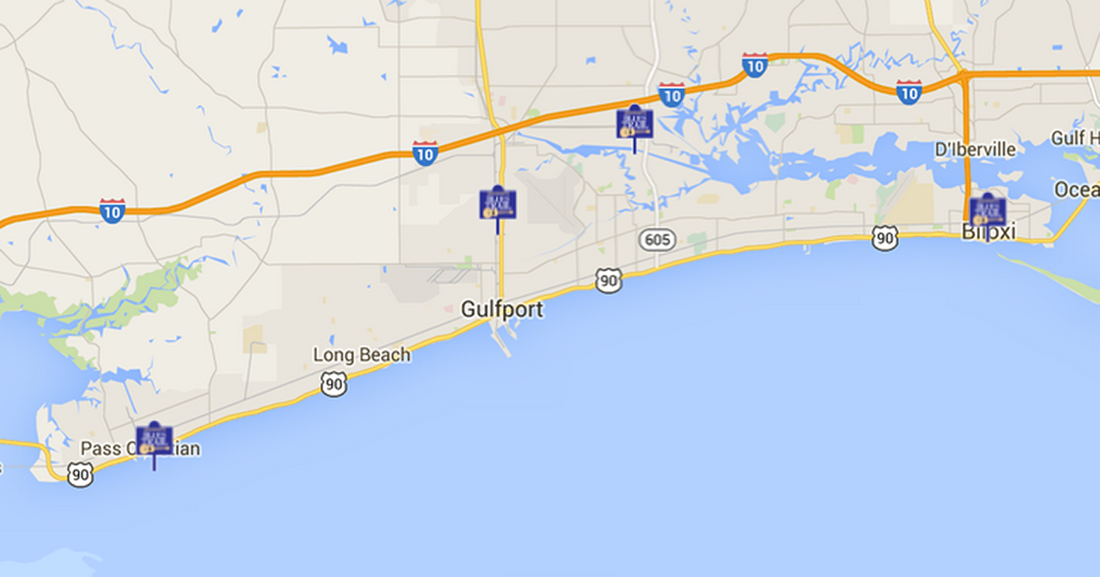

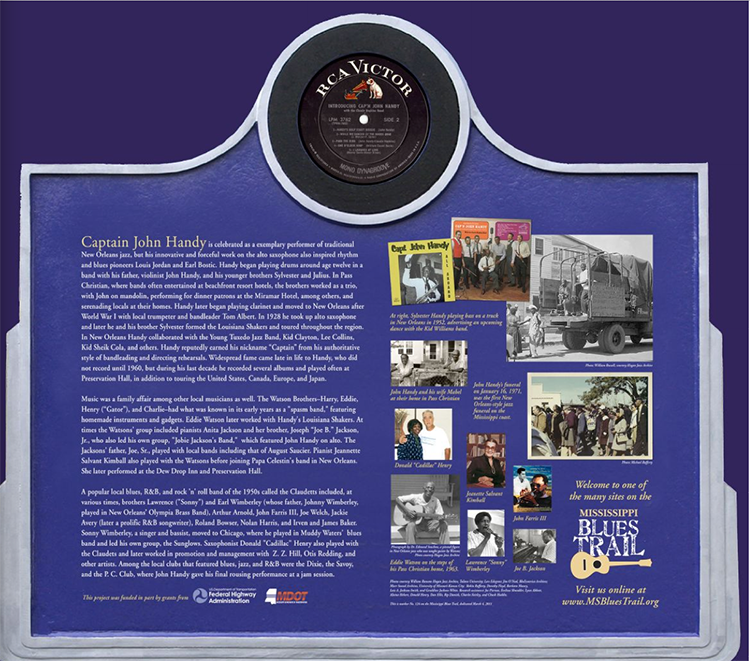
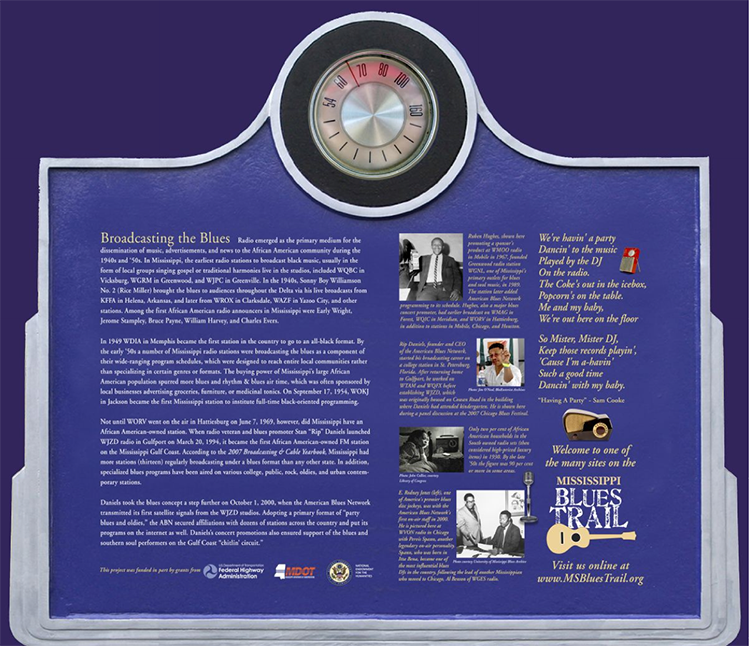
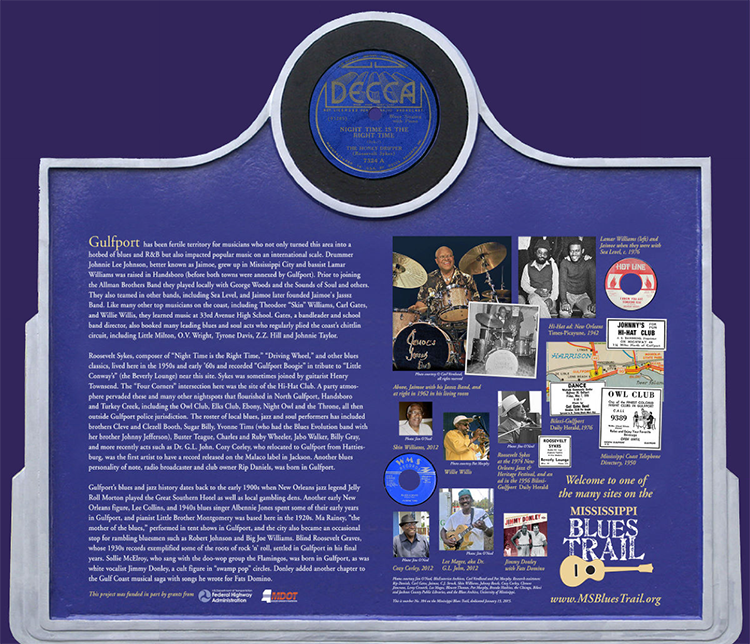
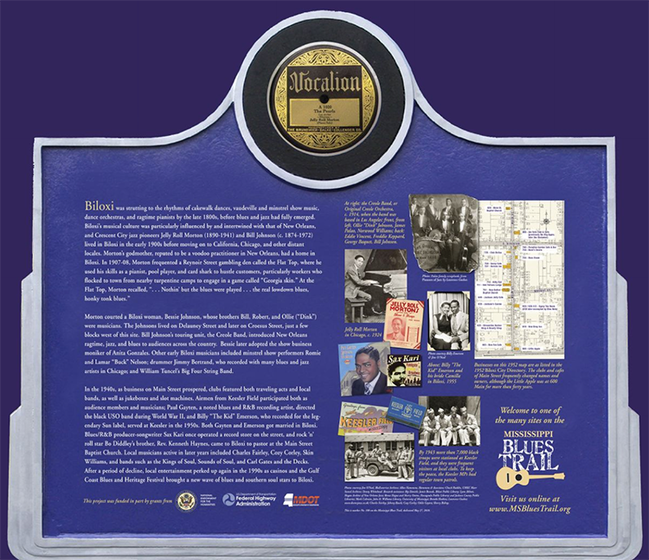

























 RSS Feed
RSS Feed























